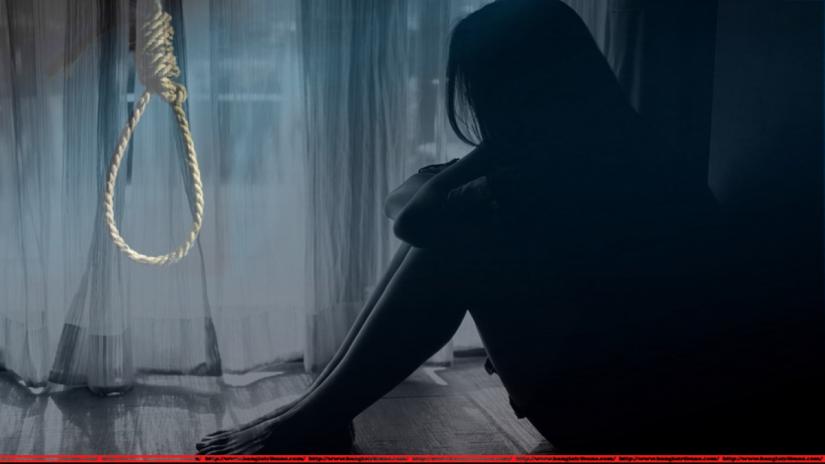 In order to reduce the rapidly increasing suicide rate, World Health Organization (WHO) has prepared a guideline for the media outlining the proper way to publish suicide-related news.
In order to reduce the rapidly increasing suicide rate, World Health Organization (WHO) has prepared a guideline for the media outlining the proper way to publish suicide-related news.
According to WHO, every year 800,000 people all over the world take their own lives. Every day 3,000 people kill themselves with a suicide occurring every 40 seconds. The report said that it’s a ripple effect, with one suicide affecting 25 other suicide-prone people.
The guideline was created based on the formidable suicide statistics above. Experts think that suicides can be prevented significantly if the media follows the WHO guideline.
The specialised public health agency said that a study in Hong Kong by Media Studies and Journalism Researcher Fu King Wa shows that the country’s suicide rate has decreased significantly since the media has stopped publishing suicide news or gave it minimal importance.
“People, in general, are prone to imitation,” said National Institute of Mental Health Professor, Md Tazul Islam.
“If a suicide gets too much publicity, people are more likely to take their own lives especially if the case is that of a celebrity suicide,” he added.
He said that the media has to be cautious of not divulging too much information about the incident lest it’s a trigger for people with suicidal tendencies.
Talking about the recent suicide of Viqarunnisa student Aritree Adhikari that sparked countrywide outrage, Islam said that the teacher who caught her cheating was “carrying out her responsibility.”
He said that the media must not portray the news in such a way that sends a message that getting caught while cheating justifies suicide.
Irresponsible journalism in presenting suicide-related news might bring about dire consequences, Shipra Zaman Jayasree, President of Brighter Tomorrow foundation told Bangla Tribune.
The lack of responsibility in such matters might not only act as a trigger for suicide prone individuals but also influence the deceased’s family and friends. This kind of news must be treated with utmost sensitivity and caution and not with levity, Jaysree said.
She said that journalists should play a positive role by making sure that their reports in no way triggers suicide and adhere to the following:
- Make sure their reports do not hurt the sentiments of the friends and family of the person who committed suicide.
- Not write exaggerated reports on the incident.
- Censor contents that might trigger suicide and refrain from theatrical headings.
- Incorporate information in their articles about how and where a person with suicidal tendencies might get help through positive coverage.
- Refrain from publishing suicide news frequently and the reports that are published must not be embellished with untrue information.
- Keep in mind that suicide is largely related to a person’s mental health as well as society.
- Do not publish pictures of the person who committed suicide.
Recently the National Institute of Mental Health in collaboration with WHO organised training sessions to spread awareness among journalists.
“So far we have carried out 10 programs in 10 batches. We provided trainings for 20 journalists in each batch” said Helal Uddin Ahmed, the institute’s Assistant Professor.
However, he said that the matter is not completely dependent on the training program but the journalism sector has also undergone many changes. As a result pictures of Aritree and exaggerated news about her is not being published with respect to her sentiments.
In addition to the guideline for the media, the WHO report emphasized on the importance of giving proper information to those in need of help as well as providing directions on how to dispel suicidal tendencies.


